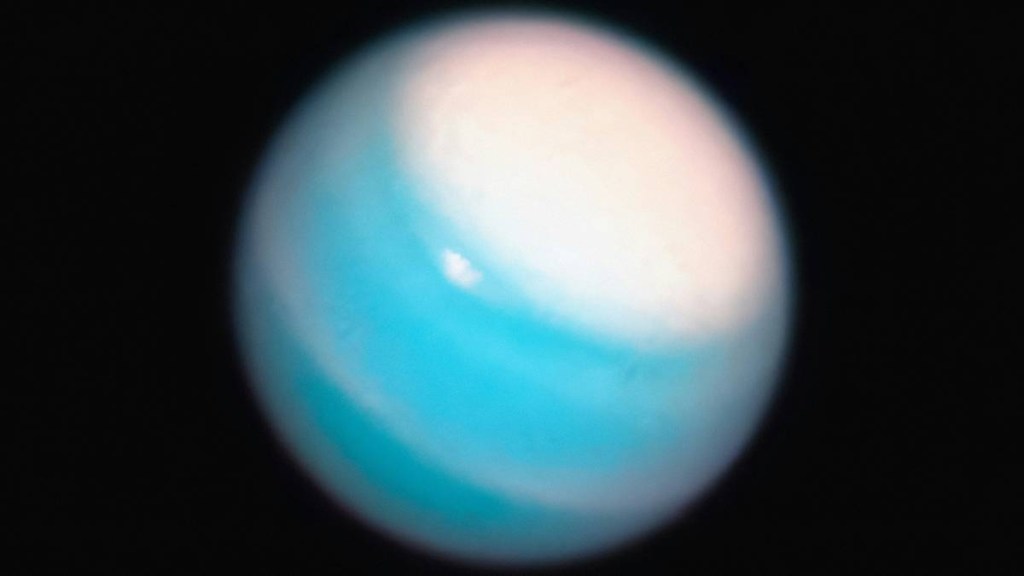Astronomers have made a remarkable discovery in our solar system, identifying three previously unknown moons. Two of these newly found moons are orbiting Neptune, while the other is encircling Uranus.
Utilizing advanced land-based telescopes in Hawaii and Chile, astronomers spotted these distant celestial bodies. The International Astronomical Union’s Minor Planet Center revealed the discovery on Friday, adding to humanity’s understanding of our cosmic neighbourhood.
The newfound moons have expanded our knowledge of the moons around Neptune and Uranus, bringing the totals to 16 and 28, respectively. Among Neptune’s new additions, one moon stands out for its unusually long orbital journey, taking approximately 27 years to complete a single lap around the icy giant.
Scott Sheppard, an astronomer at the Carnegie Institution for Science in Washington, involved in the discovery, commented on the significance of these findings, noting the likelihood of many more smaller moons awaiting discovery.
The newly discovered moon orbiting Uranus is provisionally named S/2023 U1 but will eventually be bestowed a name from a character in a Shakespeare play, aligning with the planet’s tradition. With a diameter of about 8 kilometres, it completes an orbit around Uranus every 680 Earth days.
Neptune’s latest addition, known as S/2021 N1, awaits an official name from Greek mythology. Measuring approximately 14 kilometres across, it boasts the longest orbital period of any moon, taking about 27 Earth years to complete one orbit around the planet. Moreover, it holds the distinction of being the faintest moon ever discovered.
Each of these moons shares a similar orbit with two other satellites, forming small groups that orbit together, likely originating from the fragmentation of larger moons during the early solar system’s chaos.
Scott Sheppard, involved in the discovery, highlights the significance of these findings, noting the likelihood of more discoveries ahead. However, limitations in current technology may prolong the search for smaller moons around Uranus and Neptune.
